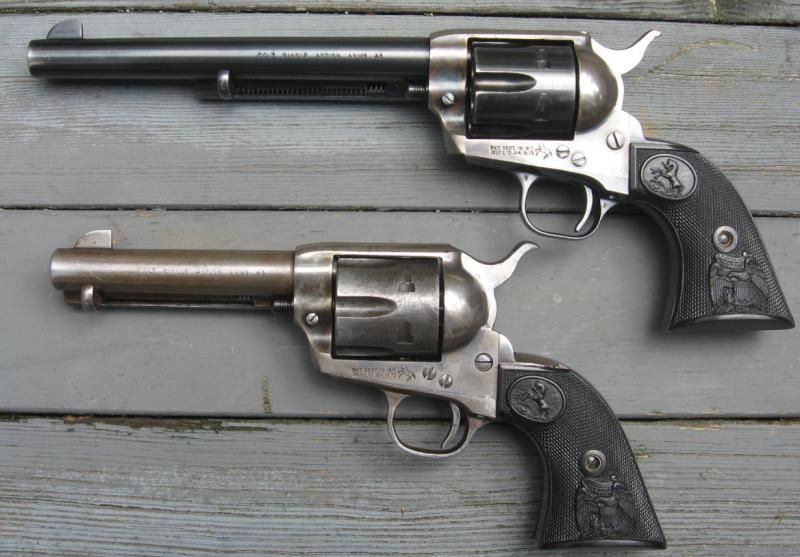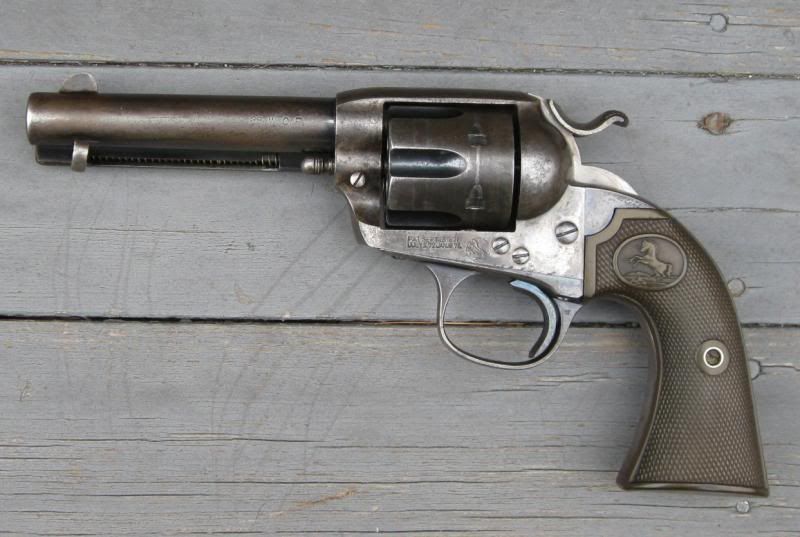Aguila Blanca
Staff
Is there any standard as to what the trigger pull weight "should" be on a cowboy-style revolver? As I've gotten more interested in that type of firearm, I've handled a number of Pietta and Uberti clones (can't afford a real Colt, so I've never even laid hands on one). What I've noticed:
So what should it be? If a SAA has a trigger that's too heavy, what's the best way to tune it up? I know Wolff sells a light hammer spring for the SAA. Is that the solution, or does that just result in misfires due to light hammer strikes?
- Two different Pietta 1858 Remington clones had VERY heavy triggers -- one so heavy that firing more than six shots would hurt my trigger finger
- A Uberti 1873 SAA clone had a trigger pull that was almost too light. I didn't have a scale to check it, but I shoot 1911s with triggers around 4-1/2 to 4-3/4 pound, and this felt perceptibly lighter
- Out of three Pietta 1873 SAA clones, two felt similar to my 1911s, and one (a few years older) felt more like the Remingtons (i.e. "too" heavy by far)
- An 1851 Navy clone (Pietta, I believe) had a light, crisp trigger much like the Uberti 1873
So what should it be? If a SAA has a trigger that's too heavy, what's the best way to tune it up? I know Wolff sells a light hammer spring for the SAA. Is that the solution, or does that just result in misfires due to light hammer strikes?



